In an ideal world, we'd all communicate to the horse use only with our mental intentions. But since we're still living in the real world there is a compromise to be made, and using physical aids is one such compromise.
But that doesn't mean we don't have to work at improving the use of our physical aids.
The rein aids, in particular, are at risk of being overused. Humans are very handsy individuals, and we tend to grab, pull, and yank without even realizing it. It's a natural reflex.
So how do you know if you're using too strong of rein aids when riding your horse?
Symptoms of Strong Rein Aids
- You struggle to keep your horse moving forward
- You find yourself always having to use a whip and/or spurs to drive the horse forward
- Your horse comes behind the bit
- Your horse is behind the vertical
- Your horse is over-salivating (dripping foamy saliva)
- Your horse grinds, champs, grits or gapes their mouth
- You'd consider your horse strong in the bridle, heavy or pulls at your reins
- You are constantly trying to find “the right bit” for your horse
- Your arms and/or hands are tired after a ride
- Your trainer suggests you do some upper-body strength training
- Your horse tries to rear or balk
Sometimes you just need to back off on the rein tension, collect yourself and then reinitiate rein contact.
Play around with mini-challenges for yourself with the reins this weekend.
Can you halt your horse with slack reins? Can you control their speed, bend, and direction with looping reins? What about riding on a single rein for a session to find the mistakes you're hiding with the second rein?
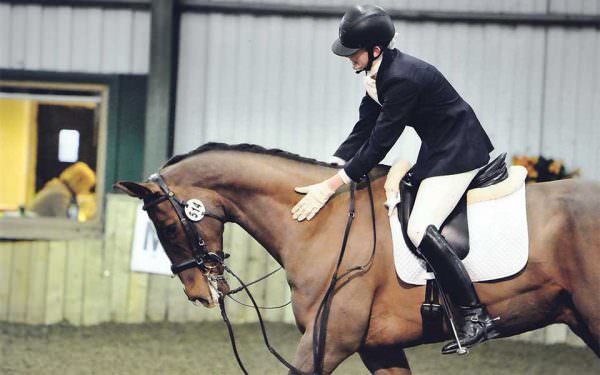

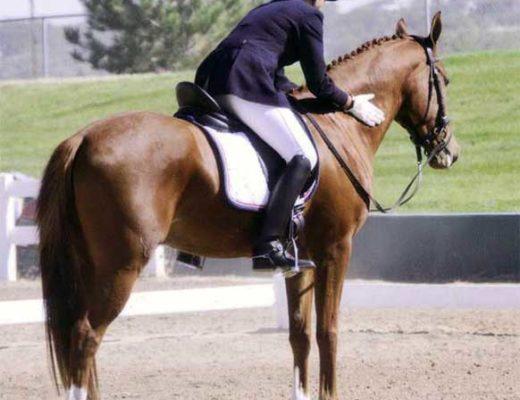
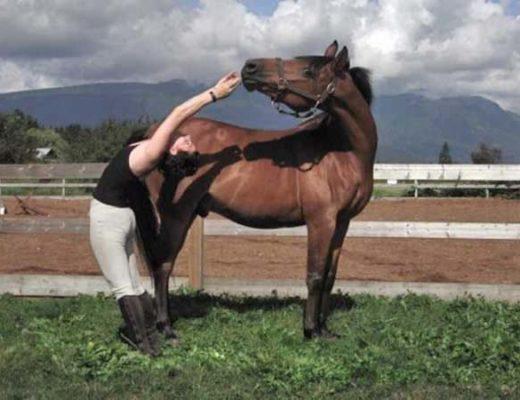
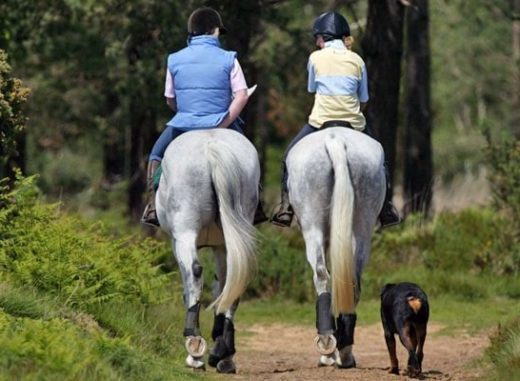


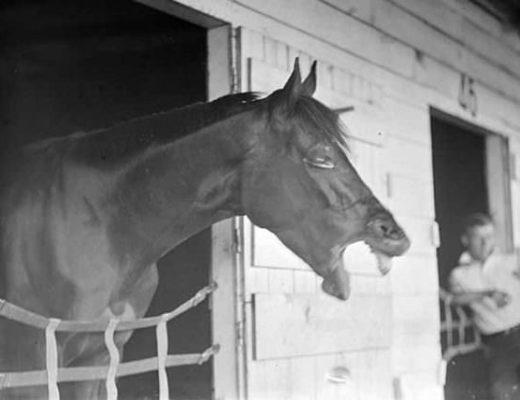
Excellent mini-list!
Watching this (ugly) rider, the words of some great trainers came to my mind: “Apart from soft and listening hands, a rider should as well have soft and listening legs”.
I’m just wondering about this: Your horse is over-salivating (dripping foamy saliva)
One of my horses never get any mouth foam, but the other will start slobbering as soon as I put the bridle on, and is ridden in a very light contact. Is there be a difference between “hauling on your horses face” foam and “happily playing with the bit” slobber?
Also, just started reading your blog yesterday, and I’m addicted 🙂 Brilliant writing & awesome content!
Kathleen,
Every horse is different so there’s definitely no hard and fast rule regarding salivation. Look for other clues that accompany over-salivation like a gaping mouth or champing their teeth together in tension, etc. Also pay attention to the quality of their response when you’re using the reins – is the horse dull to respond or responding too quickly without listening to the question?
Of course anything on the list could be caused by some other issue, but they are all potential symptoms you could see if you’re riding with too strong of rein aids as well.
If in doubt, I always like to run down a sort of mental checklist while observing the horse. What symptoms are more often related to overuse of this aid or that, and which symptom(s) have overlap in a few different areas? It gives you a good place to start working on a solution, and also runner-up causes to investigate if your original suspect doesn’t pan out. 🙂
Cheers!
Thanks! The only time he seems to not salivate is when he’s tense and uptight; and I’ve always been taught to believe that a bit of salivation is good? I even talked to a vet about it who agreed that it was a good sign – very confusing! He’s lovely in the contact and doesn’t do any of the things you’ve mentioned above (I’m pretty sure, but I’ll ask my coach next week!). I think he’s probably just a slobber chops 🙂 Thanks for your reply!
Every day starts with walking on the buckle, maneuvering around the arena from seat and legs only (use the reins only as a “hint” if they don’t get it). Pretty soon, you get to the point where you literally just need to look at a point and you’re heading that way before you know it. Throw in a few halts along the way … it makes a fun and relaxing exercise for horse and rider, and it’s a magical feeling to have that much influence with that little effort!
Great post and really good advice.
In my experience dripping foam and saliva means the horses tonge is restricted and he is not able to swallow. If you truly want to know if you are riding with a light contact try riding with out a noseband.
A swishing tail is also a good indication of an uncomfortable, unhappy horse, like this one obviously is.
I really enjoy and respect your blog and thank you for your advocacy. Reading this post I am reminded of something I heard Karen Rohlf say “If you can’t control your horse with your legs, you have no business putting a hunk of metal in their mouth.” I may be misquoting but you get the message.
Kathy,
Thanks for the kind words, and for sharing the idea from Karen Rohlf. I couldn’t agree more, where riders are so willing to step in and use more harsh tools and methods I’d love to see more instructors teaching them to actually step back and do less so they can re-connect with their horse.
Again, thanks for sharing!